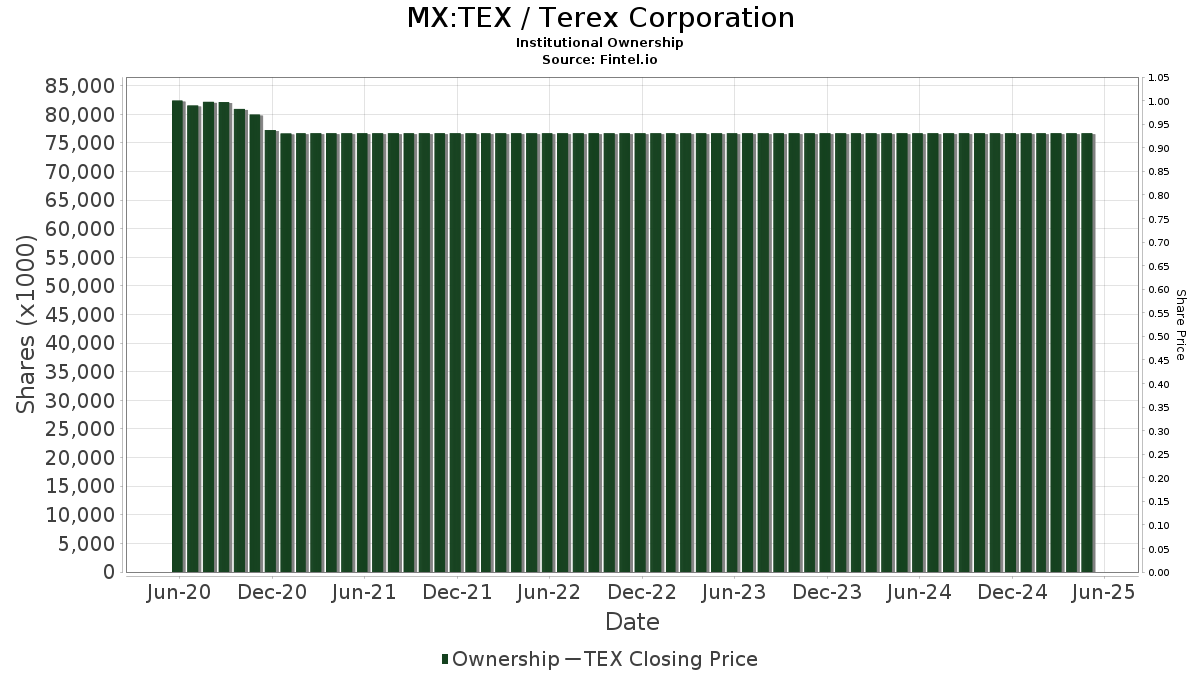Alibaba’s Strong Growth Trends Continue Despite Earnings Disappointment
Alibaba (NYSE: BABA) saw a positive start to 2025, though it retraced some gains following a fiscal fourth-quarter earnings report that underwhelmed investors. Notably, the stock remains up approximately 45% year-to-date.
The recent results clearly indicate that the turnaround of the company’s e-commerce division is making progress. Furthermore, Alibaba continues to witness strong growth in artificial intelligence (AI) within its cloud-computing services.
Insights into Alibaba’s Recent Earnings
Alibaba’s e-commerce business, encompassing its key platforms Taobao and Tmall, is still its largest unit. Tmall resembles Amazon’s marketplace, allowing established brands to sell products, while Taobao operates more like eBay without the auction format, enabling a wider array of sellers.
Over recent years, Alibaba’s e-commerce operations faced challenges due to a sluggish Chinese economy and stiff competition from PDD‘s Pinduoduo. However, investments aimed at enhancing competitiveness are now starting to bear fruit, evidenced by growth in gross merchandise value (GMV) followed by revenue and earnings before interest, taxes, and amortization (EBITA).
During the fourth quarter of fiscal 2025, which concluded on March 31, 2025, the e-commerce segment achieved a 9% year-over-year revenue increase, reaching $14 billion, with a notable 12% rise in its vital third-party business. This growth can be attributed to a heightened take rate from a previously introduced software service fee and an uptick in its AI marketing tool, Quanzhantui.
Notably, segment EBITA rose by 8% to $5.8 billion, indicating that the e-commerce division is not only expanding but also increasing profitability. The company reported strong growth in new customer enrollment and consistent order increases, with its 88VIP premium memberships now exceeding 50 million members.
Alibaba aims to invest significantly in “instant commerce,” allowing Taobao customers to receive purchased items within an hour. Management believes this could create a market opportunity for up to 1 billion consumers. Additionally, the company has extended a collaboration with social media platform Rednote, incorporating Taobao links directly into posts.
Alibaba’s cloud-computing segment also demonstrated increased revenue growth, climbing 18% in the quarter to $4.2 billion. Adoption of AI products across various industries has contributed to a seventh consecutive quarter of triple-digit growth in AI-related services. The segment’s adjusted EBITA surged 69% to $333 million.
The firm anticipates substantial revenue growth within its cloud-computing business over the upcoming quarters.
Overall Financial Performance
Other business segments generally exhibited strong revenue growth, although many remain unprofitable. The international commerce division (AIDC), including AliExpress, led the charge with a 22% revenue increase to $4.6 billion, though its EBITA was a loss of $492 million. The company is targeting profitability for this unit within the current fiscal year despite ongoing tariff challenges.
Overall, Alibaba reported a 7% revenue increase to $32.6 billion and a 36% rise in adjusted EBITA to $4.5 billion. Adjusted earnings per American depositary share (ADS) rose 23% to $1.73. Operating cash flow improved by 18% to $3.8 billion, while free cash flow sharply declined by 76% to $516 million due to heavy investments in data center infrastructure. However, for the fiscal year, the company generated $10.2 billion in free cash flow.
At the end of the quarter, Alibaba held $51.6 billion in cash and short-term investments against $31.8 billion in debt, with $56.6 billion in equity and other investments on its balance sheet.
Market Considerations: Time to Buy the Dip?
While some investors may have anticipated more robust performance from Alibaba, the company continues to exhibit meaningful advancements in its turnaround efforts. The e-commerce unit is recovering, and innovations like instant commerce could differentiate it in the marketplace. The partnership with Rednote appears promising, and the Quanzhantui AI tool is gaining traction.
Alibaba’s cloud-computing segment displays healthy growth and favorable operating leverage. Even with intense competition in the AI sector in China, Alibaba has emerged as a key player.
If the AIDC business can turn profitable, it would significantly enhance Alibaba’s profitability this fiscal year, transforming the potential of its currently unprofitable initiatives.
Currently trading at a forward price-to-earnings (P/E) ratio around 12 times fiscal 2026 estimates, the stock is relatively inexpensive, though not as attractive as last year. Given its ongoing turnaround and appealing valuation, this could be a favorable moment to consider buying on the dip.
Investment Timing Considerations
Before investing in Alibaba, it is essential to assess market dynamics:
Notably, the Motley Fool Stock Advisor recently identified ten stocks they consider top buys, and Alibaba was excluded from that selection. The recommended stocks could yield substantial returns in the future.
For context, the Motley Fool has demonstrated remarkable success, such as recommending Netflix in December 2004, where a $1,000 investment would have yielded $642,582, or Nvidia in April 2005, resulting in $829,879.
*Stock Advisor returns as of May 12, 2025
John Mackey, former CEO of Whole Foods Market, is on The Motley Fool’s board. Additionally, Randi Zuckerberg, a former Facebook executive, also holds board membership. Geoffrey Seiler does not have a position in any of the mentioned stocks. The Motley Fool recommends Alibaba Group.
The views and opinions expressed herein are those of the author and do not necessarily reflect those of Nasdaq, Inc.




